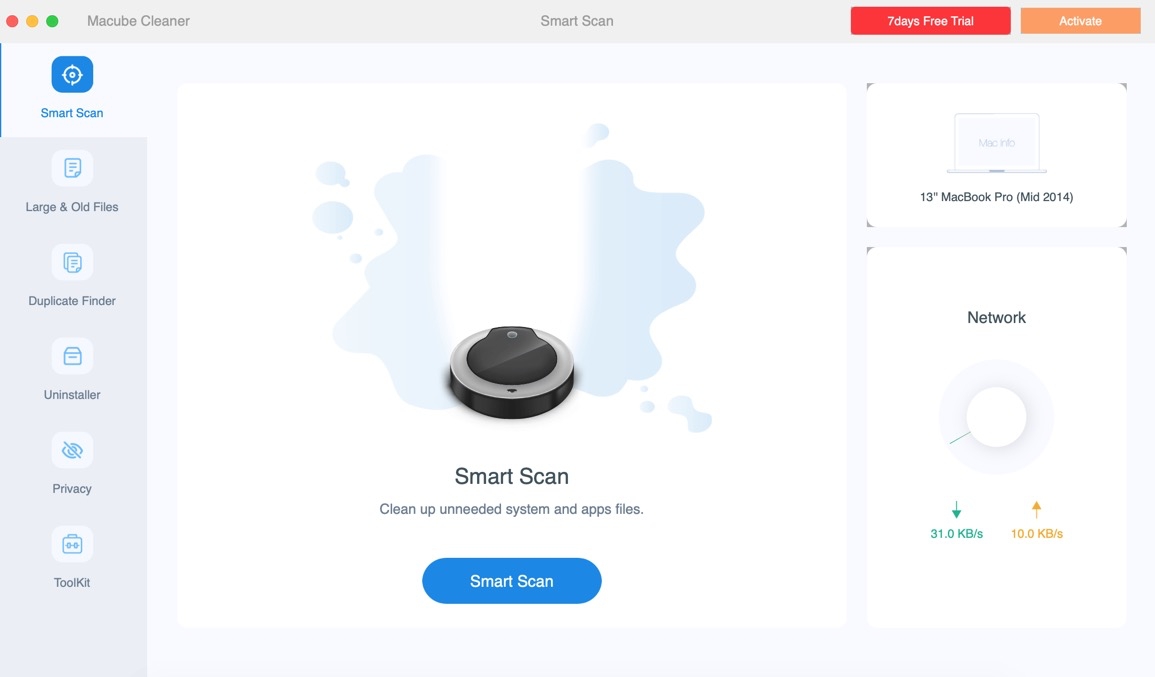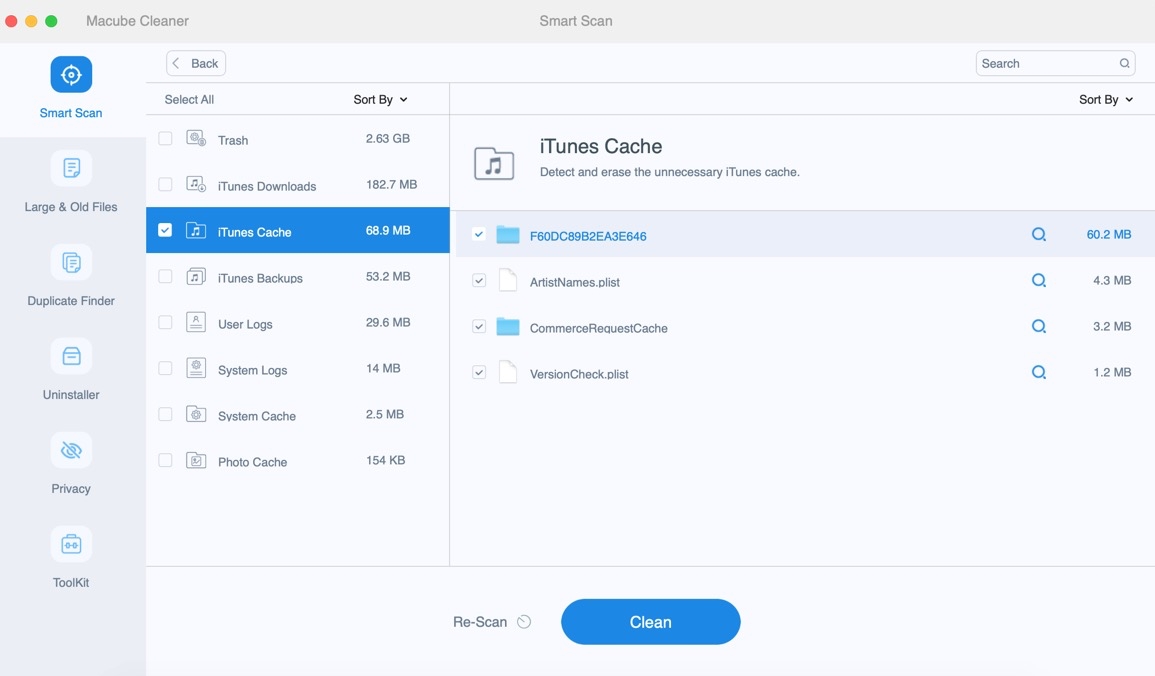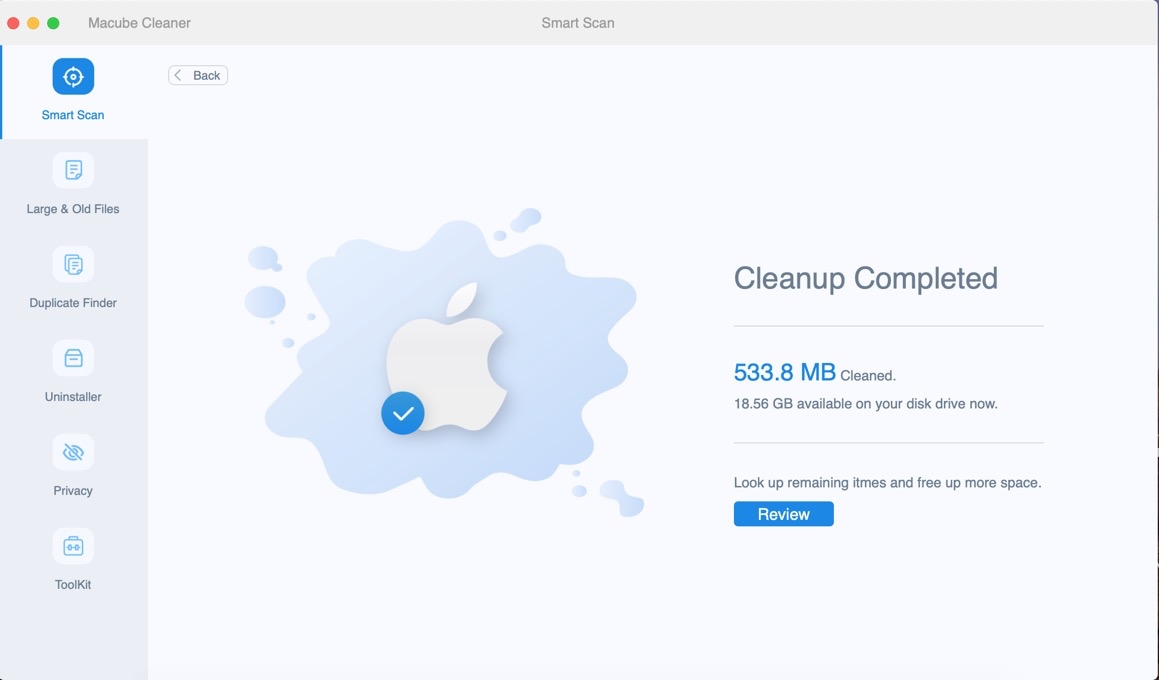How to Monitor RAM Usage on Mac [fixed]
How to Monitor RAM Usage on Mac [fixed]
Blog Article
Monitoring RAM usage on a Mac is essential for maintaining smooth and efficient performance. RAM (Random Access Memory) is where your Mac temporarily stores data that your system and applications need to access quickly. Efficient RAM management ensures that applications run faster and multitasking is seamless. However, when RAM is overused, it can lead to system slowdowns, freezes, and other performance issues. By regularly monitoring your RAM usage on a Mac, you can identify and address these issues before they become problematic.
Understanding how to monitor RAM usage on a Mac involves using built-in tools like the Activity Monitor, which provides a detailed overview of your system's performance. The Activity Monitor allows you to see how much RAM is being used by each application and process, helping you pinpoint which programs are consuming the most resources. Additionally, you can use third-party applications designed for more advanced monitoring and optimization. These tools often offer features like real-time usage tracking, alerts for high usage, and suggestions for freeing up memory.
Regularly checking your RAM usage on a Mac not only helps in troubleshooting performance issues but also in preventing them. By identifying memory-hogging applications and processes, you can make informed decisions about which programs to close or uninstall. Furthermore, understanding your RAM needs can guide you in considering hardware upgrades, such as adding more RAM to your system. Ultimately, keeping an eye on your RAM usage on a Mac is a proactive step towards ensuring your Mac runs efficiently, providing a smoother and more responsive computing experience.
What is RAM?
RAM (Random Access Memory) is a type of computer memory that can be accessed randomly, meaning that any byte of memory can be accessed without touching the preceding bytes. This feature makes RAM extremely fast and ideal for use as the primary storage for data that the computer's processor needs to access quickly.

Here are some key points about RAM:
Volatile Memory: RAM is volatile, which means that it loses its contents when the computer is turned off. This distinguishes it from other types of storage like hard drives and SSDs, which retain data even when powered down.
Types of RAM:
DRAM (Dynamic RAM): This type of RAM stores each bit of data in a separate capacitor within an integrated circuit. It needs to be refreshed thousands of times per second.
SRAM (Static RAM): This type of RAM uses bistable latching circuitry to store each bit. It is faster and more reliable than DRAM but also more expensive and consumes more power.
Uses of RAM:
Primary Storage: RAM is used as the main memory in a computer for storing data that is being actively used or processed by the CPU.
Cache Memory: Faster types of RAM, such as SRAM, are used for cache memory in processors to speed up access to frequently used data.
Performance Impact: The amount of RAM in a computer can significantly impact its performance. More RAM allows a computer to handle more tasks simultaneously and run more demanding applications smoothly.

Measurement: RAM is typically measured in gigabytes (GB) or terabytes (TB). Modern computers often come with RAM sizes ranging from 4GB to 64GB, with high-performance systems featuring even more.
Form Factors:
DIMM (Dual In-line Memory Module): Commonly used in desktops.
SO-DIMM (Small Outline DIMM): Used in laptops and smaller devices.
Speed: RAM speed is measured in megahertz (MHz) or gigahertz (GHz), indicating how many cycles per second the RAM can perform. Faster RAM can improve the speed at which data is read and written.
How to Monitor RAM Usage on Mac [fixed]
Way 1:Macube
Macube is a premier automated RAM cleaning tool known for its cost-effectiveness and efficiency in boosting Mac performance. It offers features like junk file cleanup, duplicate file removal, and privacy protection, effectively removing unnecessary files from crucial macOS folders, including iTunes, Photos, Mail, browsers, and large obsolete files. This results in significant recovery of storage space on your Mac.
Free Download
Macube provides a streamlined solution to enhance your Mac's performance. It facilitates the uninstallation of applications and the removal of outdated files effortlessly. By clearing browser cache and history, it also protects your privacy. Macube combines all your optimization needs into one powerful application, eliminating the need for multiple tools.
Key Features
Thorough Application Uninstallation:
Macube guarantees that when you remove an application, no residual files are left behind. This comprehensive removal process helps to avoid unnecessary clutter and potential system slowdowns caused by leftover files.
Enhanced Privacy Protection:
Boost your privacy by using Macube to clear your browser cache and history. This function is essential for safeguarding your personal information and browsing habits from being tracked or accessed by unauthorized parties.
Efficient Storage Space Recovery:
Macube's advanced cleaning techniques recover more storage space than standard cleaning methods. By eliminating unnecessary files from important directories, it frees up valuable disk space, enhancing your Mac's performance.
Free 7-Day Trial:
Try out Macube for a full week at no cost. This trial period allows you to explore and assess all its features, ensuring it meets your optimization needs before you decide to purchase.
Duplicate File Finder:
Easily locate and remove duplicate files in just three simple steps. This feature helps to declutter your storage by identifying and eliminating duplicate files, which can often occupy a significant amount of space on your Mac.
How To Use:
Step 1: Launching Macube Cleaner
To begin, launch the Macube Cleaner application. From the main menu, find and select the 'Smart Scan' function. After selecting this, click 'Scan' to begin the scanning procedure. Macube can quickly scan your system to find any unnecessary files, including attachments, hidden folders, and garbage files.
Step 2: Review and Select Files
You will have the chance to look through every file on every Mac device that can be deleted in detail. You will be able to carefully analyze and choose which individual files you want to erase thanks to this thorough inspection procedure, which guarantees a customized and effective cleanup for your Mac system.
Step 3: Execute Cleaning Process
You may view the entire amount of file memory that has been cleared by clicking on Clean. This provides you with an accurate picture of how much memory you have successfully expanded and freed up.
Pros:
Complete removal of applications without leaving residual files.
Enhances privacy and security by clearing browser cache and history.
Reclaims more occupied space from apps compared to standard methods.
Offers a 7-day free trial to explore all functionalities.
Simplifies the process of locating and removing duplicate files in just three steps.
Cons:
No significant drawbacks have been identified so far.
Verdict:
Macube is a highly effective and affordable automated cleaning solution for Mac users, offering comprehensive features and user-friendly operation. It excels in complete application removal, privacy protection, substantial storage recovery, and ease of use, making it a robust option for optimizing Mac performance and safeguarding privacy. The 7-day free trial is worth exploring.
Way 2: Stats
Stats is a free and open-source performance monitoring tool for Mac. Unlike Activity Monitor, Stats provides real-time data on various system resources such as CPU, memory, disk, battery, Bluetooth, and network usage, all displayed in the menu bar. Clicking on the metrics offers more detailed information.

Key Features
- Free and Open-Source: Available at no cost and open to community contributions.
- Real-Time Monitoring: Provides up-to-the-minute data on various system resources.
- Menu Bar Integration: Displays CPU, memory, disk, battery, Bluetooth, and network usage directly in the menu bar for easy access.
- Detailed Metrics: Clicking on any metric in the menu bar offers more detailed information.
- Quick Access to Activity Monitor: Facilitates swift navigation to Activity Monitor for in-depth analysis.
Pros:
Free and open-source.
Displays information directly in the menu bar.
Rapid data refresh rate.
Quick access to Activity Monitor for detailed insights.
Cons:
Lacks a Disk Cleanup feature.
The user interface appears outdated.
Verdict:
Stats is a valuable tool for real-time system resource monitoring, providing quick and detailed insights directly from the menu bar. While it lacks a disk cleanup feature and has an outdated interface, its open-source nature and efficient monitoring capabilities make it an excellent choice for users focused on tracking system performance.
Way 3: iStatistica Pro
iStatistica Pro is a professional-grade system monitor for Mac, distinguished by its comprehensive dashboard. It offers detailed insights into vital system components such as CPU, memory, disk, battery, and graphics, along with timely alerts for low resources, ensuring proactive system management.
Key Features
- Comprehensive Dashboard: Provides a detailed overview of CPU, RAM, disk, battery, and graphics usage, allowing users to monitor system health effectively.
- Real-Time Monitoring: Offers real-time data on various system parameters, ensuring users are always informed about the current state of their Mac.
- Timely Alerts: Generates alerts for low resources, helping users take proactive steps to maintain optimal system performance.
- Widget Integration: Seamlessly integrates with widgets, providing quick access to essential information.
- Unified Management: Combines app management and data monitoring in a single platform, simplifying system oversight.
Pros:
Seamless widget integration.
Powerful alert and notification settings.
Unified app management and data monitoring.
Cons:
Initial use may feel awkward or clumsy.
Most features require payment.
Verdict: iStatistica Pro delivers professional insights into critical system metrics and provides robust alerts for proactive management. Despite a learning curve and the need for paid features, its seamless integration and comprehensive monitoring make it a valuable tool for those willing to invest in its capabilities for efficient system management.
Way 4 :iStat Menus
iStat Menus is a powerful system monitoring application designed for macOS. It provides detailed insights into various system metrics such as CPU, GPU, memory, disks, network, sensors, and battery. By integrating seamlessly into the menu bar, iStat Menus allows users to monitor their Mac's performance in real-time. This tool is particularly useful for power users and professionals who need to keep a close eye on system resources.
Key Features
- Detailed System Monitoring: iStat Menus offers a comprehensive view of your Mac’s performance, including CPU, GPU, memory, disk usage, network activity, sensors, and battery health.
- Customizable Menus: Users can configure which metrics are displayed in the menu bar, allowing for a personalized monitoring experience.
- Real-Time Alerts: Set up notifications for high usage or critical thresholds, ensuring you are always aware of potential issues.
- Historical Data: Access historical data to analyze performance trends over time.
- User-Friendly Interface: Despite its extensive features, iStat Menus maintains an intuitive and user-friendly interface, making it accessible for both novice and advanced users.
Pros and Cons
Pros:
- Comprehensive Monitoring: Covers a wide range of system metrics, providing a thorough overview of system performance.
- Customizability: Highly customizable, allowing users to tailor the information displayed to their needs.
- Real-Time Updates: Offers real-time monitoring and alerts, which is crucial for maintaining system health.
- Historical Data Access: Ability to review historical data for performance analysis.
Cons:
- Resource Usage: While monitoring, iStat Menus itself can consume system resources, which might be a concern for users with older hardware.
- Cost: iStat Menus is a paid application, which might not be ideal for users seeking free alternatives.
- Learning Curve: Despite its user-friendly design, the vast array of features might be overwhelming for some users initially
Verdict:
iStat Menus is an excellent choice for those who need detailed and customizable system monitoring on macOS. Its comprehensive set of features, real-time alerts, and historical data access make it a valuable tool for maintaining optimal system performance. However, users should be mindful of its resource usage and cost, particularly if they are using older hardware or seeking a free solution.
Conclusion:
In essence, actively monitoring RAM usage on a Mac is paramount for sustaining optimal performance and ensuring seamless user experiences. RAM, as the swift and temporary storage hub of a computer, dictates how efficiently applications run and how smoothly multitasking operations unfold. Efficient RAM management is not merely a matter of convenience but a foundational pillar for preventing system slowdowns, freezes, and other performance bottlenecks. By regularly scrutinizing RAM usage through built-in tools like the Activity Monitor and augmenting these efforts with third-party applications such as Stats, iStatistica Pro, and iStat Menus, users gain invaluable insights into resource allocation and application efficiency.
Understanding the intricate dynamics of RAM extends beyond mere monitoring; it encompasses proactive measures to address potential issues and optimize system performance. Automated cleaning solutions like Macube not only track RAM consumption but also delve into storage space optimization, removing redundant files and streamlining system operations. This proactive stance empowers users to identify memory-intensive applications, make informed decisions regarding software management, and even consider hardware upgrades where necessary. By leveraging a comprehensive approach to RAM monitoring and management, users can unlock the full potential of their Mac systems while preempting performance pitfalls.
In the ever-evolving landscape of computing, RAM remains a linchpin for ensuring smooth and responsive user experiences. Embracing a proactive stance towards RAM monitoring underscores a commitment to efficient resource allocation and system optimization. With the array of tools and strategies available, Mac users can navigate the complexities of RAM management with confidence, safeguarding against performance issues and maximizing the longevity of their systems. Ultimately, by prioritizing RAM monitoring and management, users can cultivate a computing environment characterized by reliability, efficiency, and seamless functionality.
Report this page